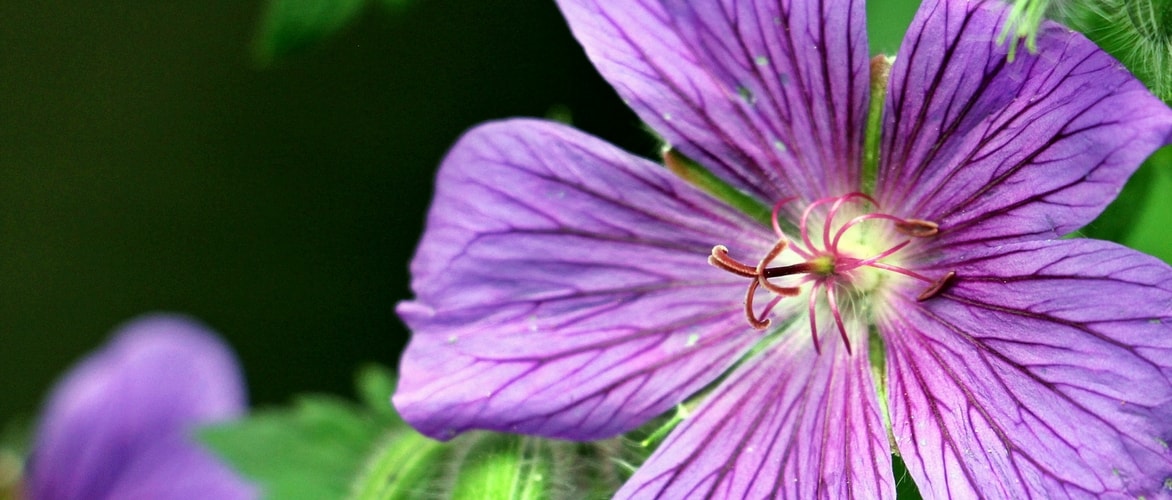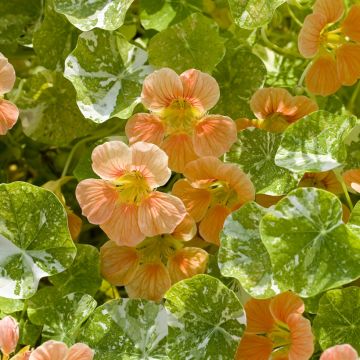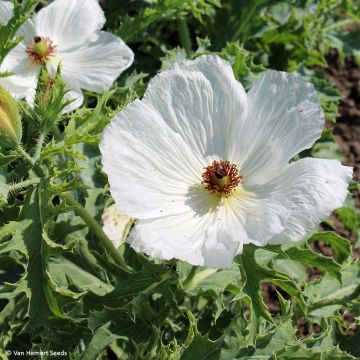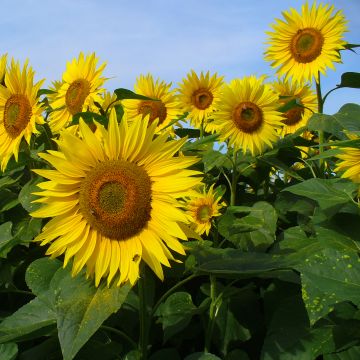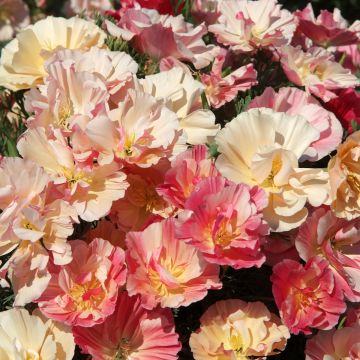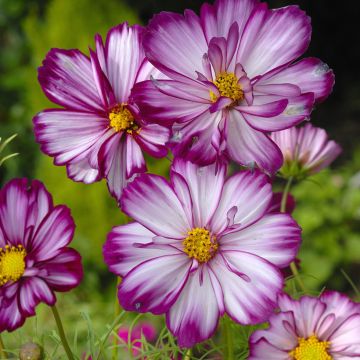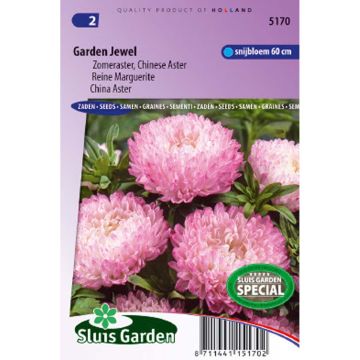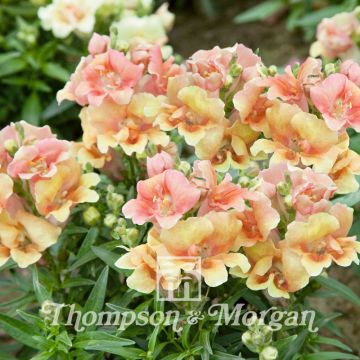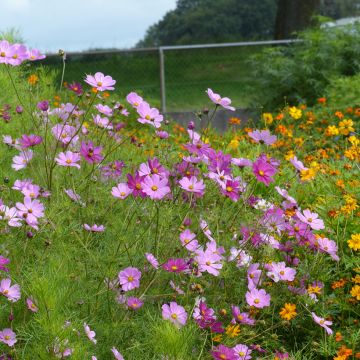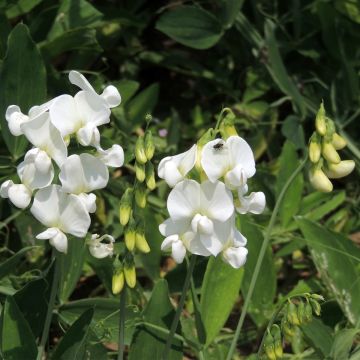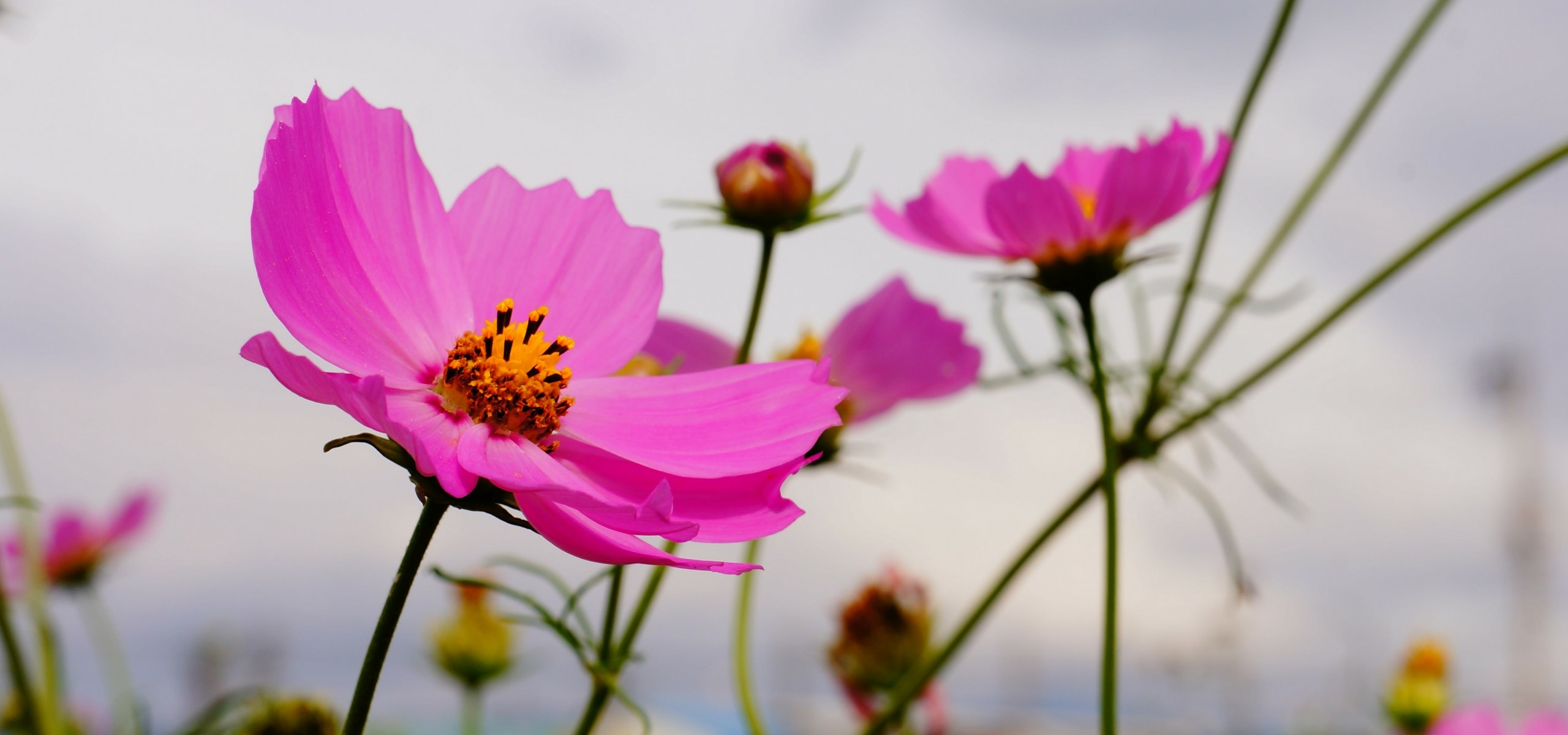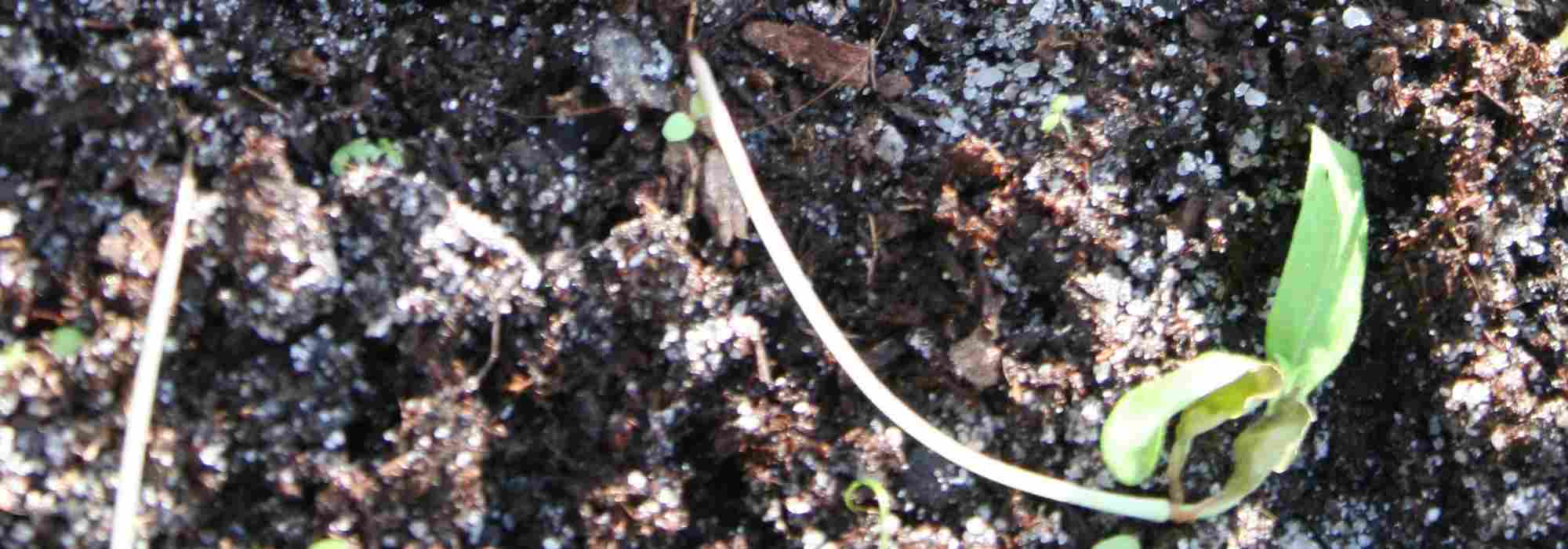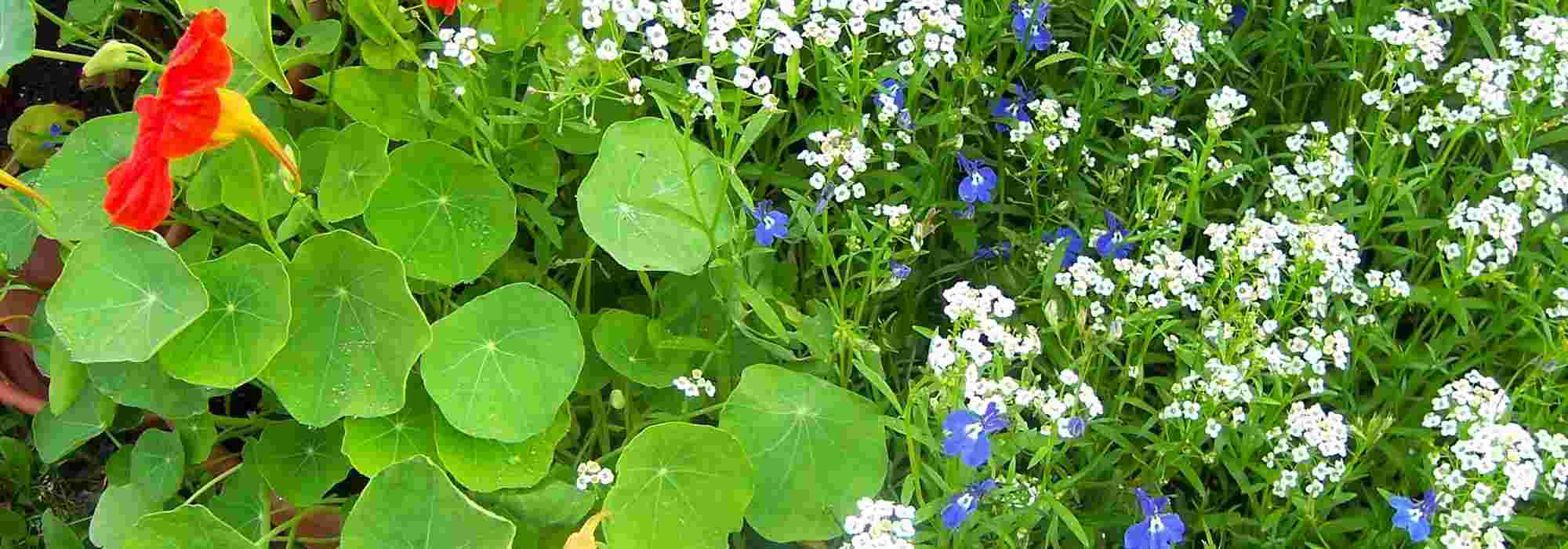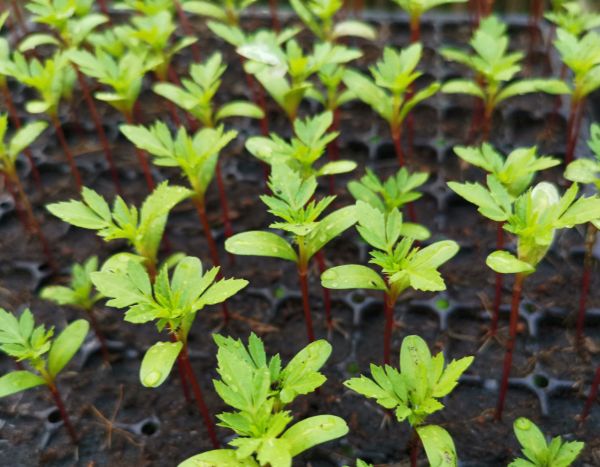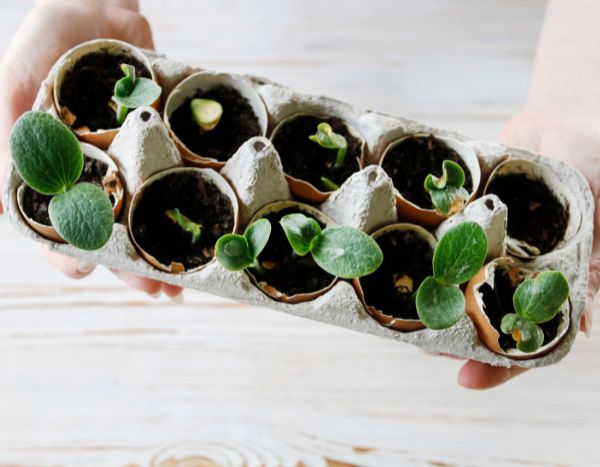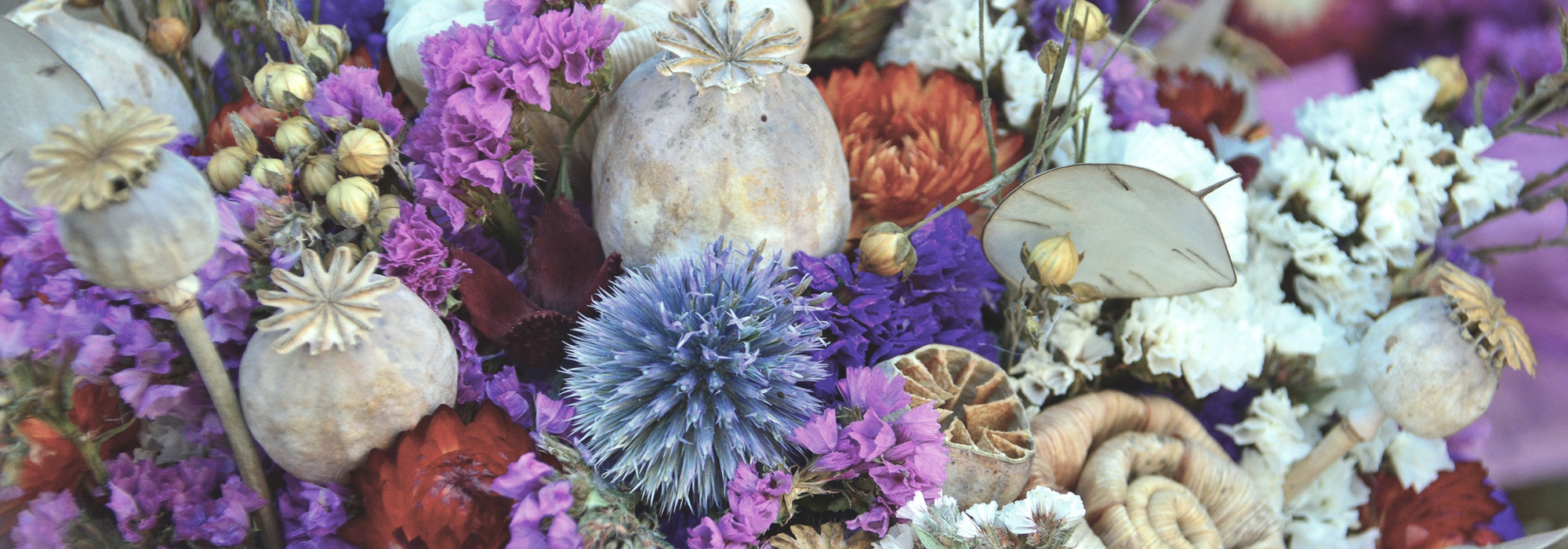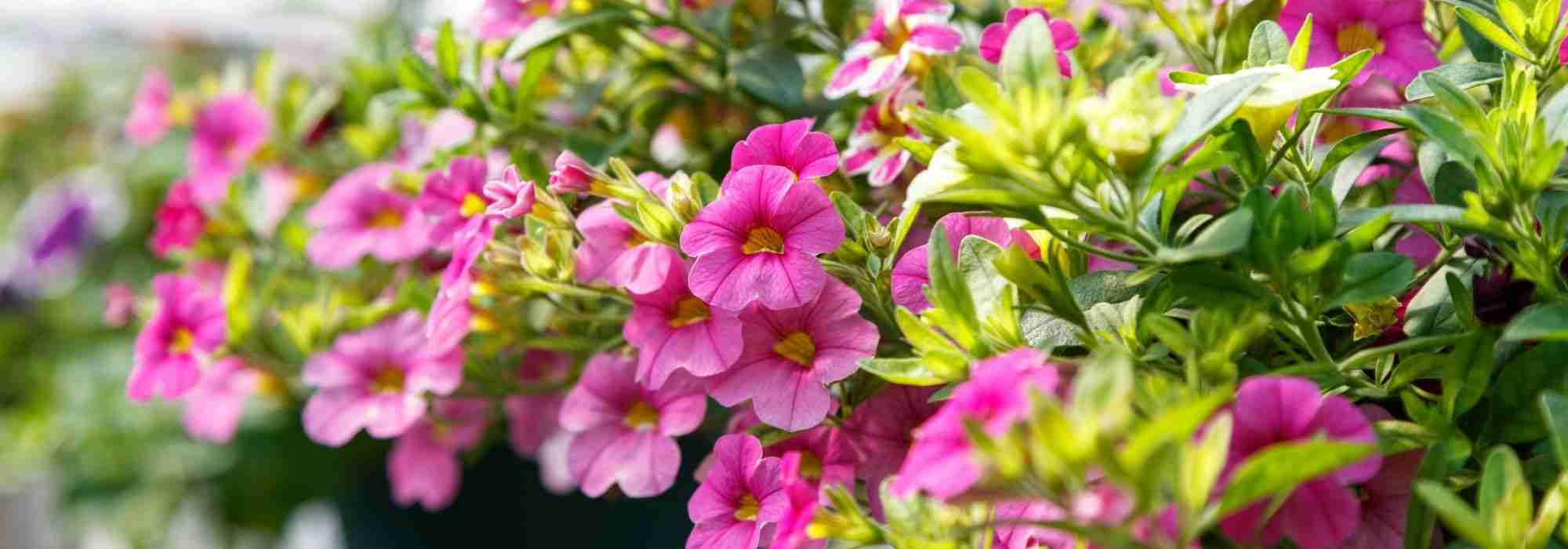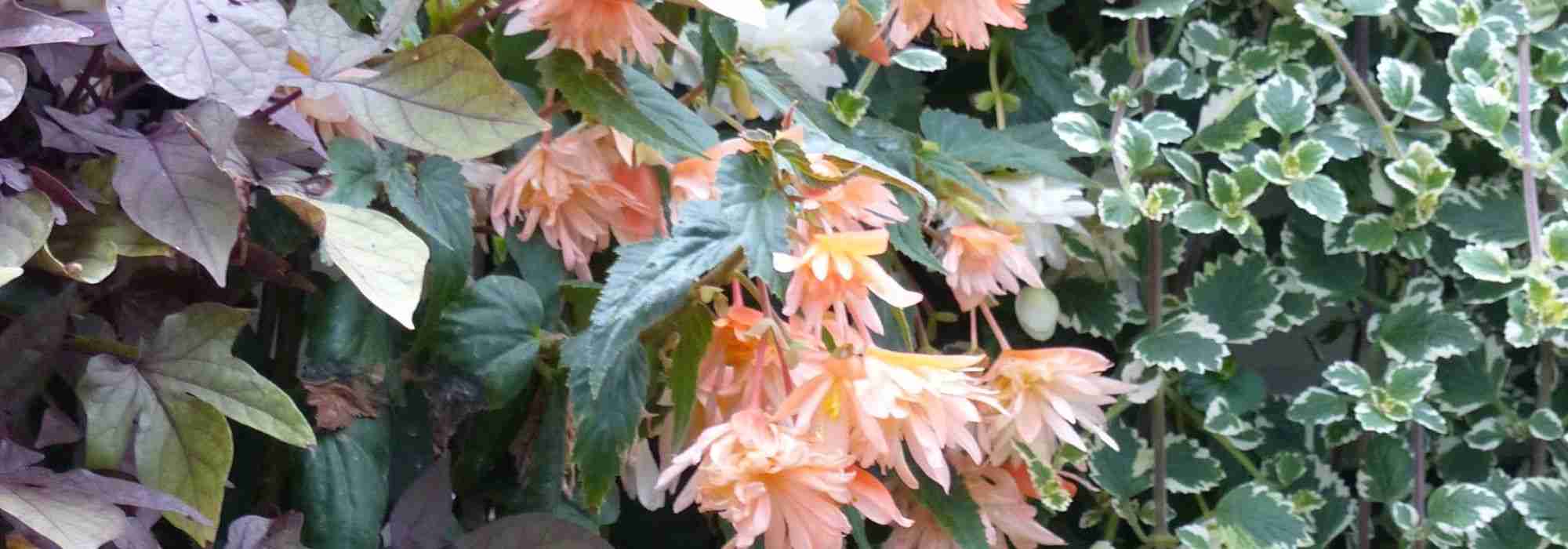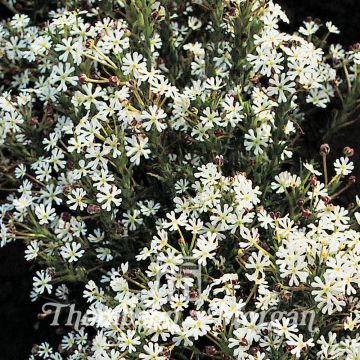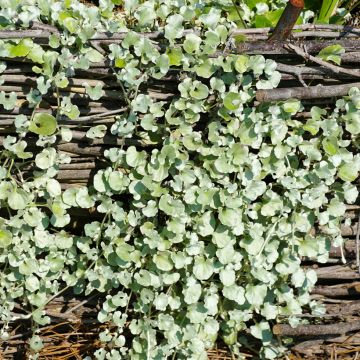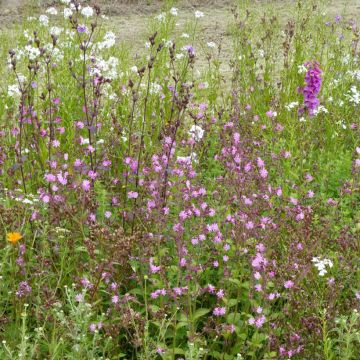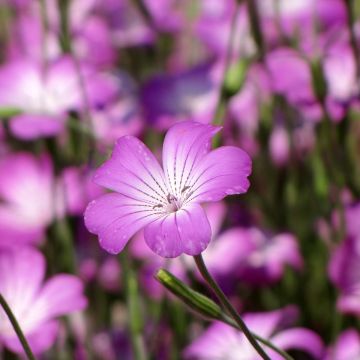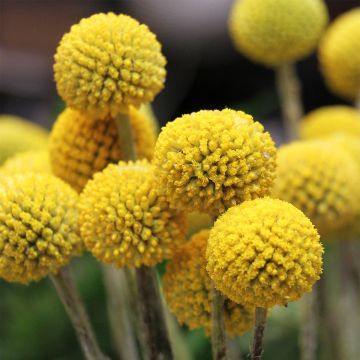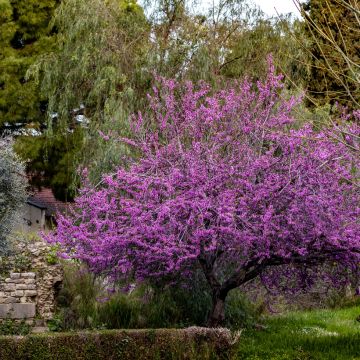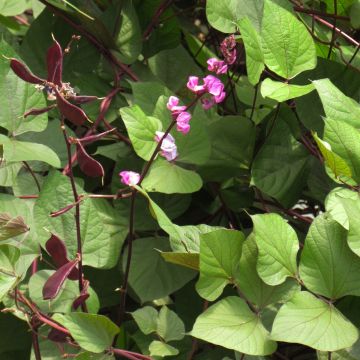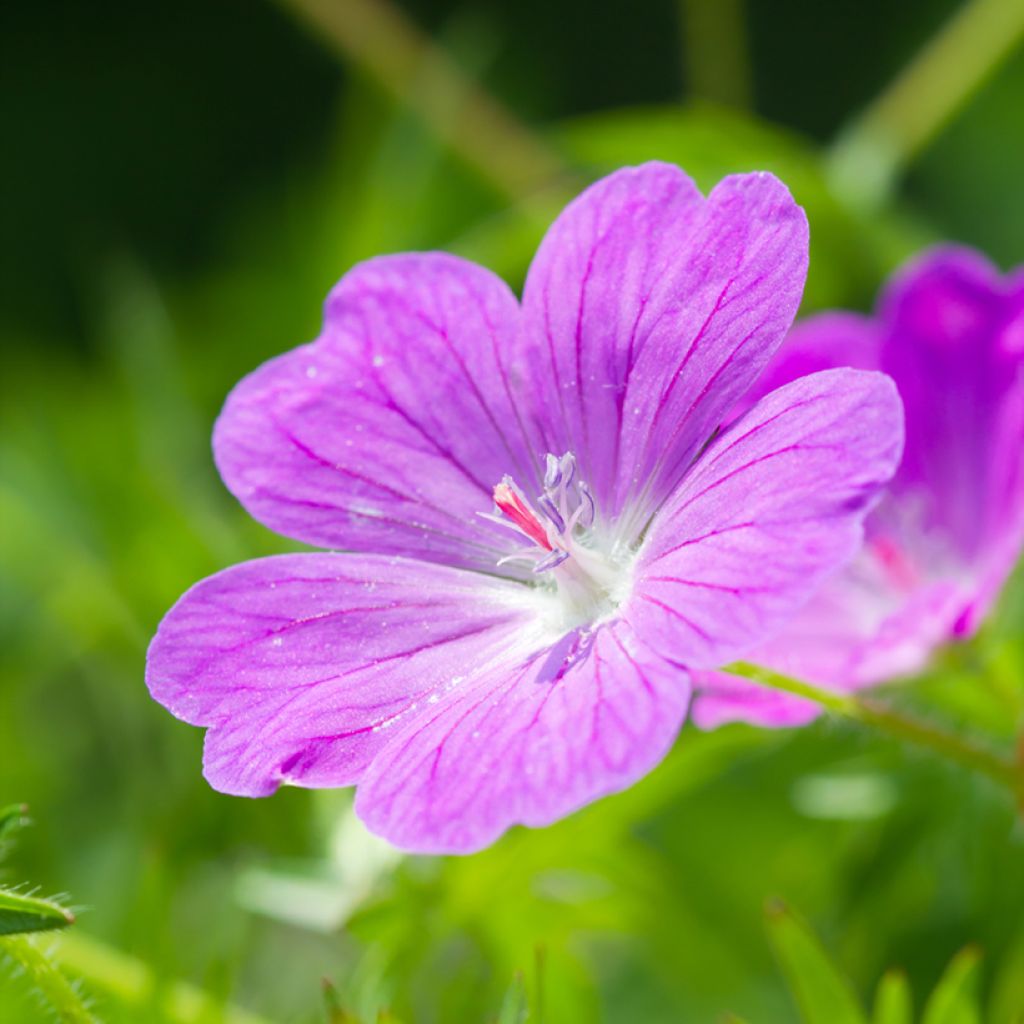

Geranium sanguineum Vision Violet (Vision series) seeds - Bloody cranesbill
Geranium sanguineum Vision Violet (Vision series) seeds - Bloody cranesbill
Geranium sanguineum Vision Violet (Vision series)
Géranium sanguin, Géranium rouge sang, Herbe à becquet
Special offer!
Receive a €20 voucher for any order over €90 (excluding delivery costs, credit notes, and plastic-free options)!
1- Add your favorite plants to your cart.
2- Once you have reached €90, confirm your order (you can even choose the delivery date!).
3- As soon as your order is shipped, you will receive an email containing your voucher code, valid for 3 months (90 days).
Your voucher is unique and can only be used once, for any order with a minimum value of €20, excluding delivery costs.
Can be combined with other current offers, non-divisible and non-refundable.
Home or relay delivery (depending on size and destination)
Schedule delivery date,
and select date in basket
This plant carries a 6 months recovery warranty
More information
We guarantee the quality of our plants for a full growing cycle, and will replace at our expense any plant that fails to recover under normal climatic and planting conditions.
Would this plant suit my garden?
Set up your Plantfit profile →
Description
The seeds of Bloody Cranesbill or Geranium sanguineum 'Vision Violet' provide abundant and easy, soft and luminous flowering in the garden from May to October. The small flowers are pinkish-purple, adorned with purple veins above semi-evergreen, finely cut foliage, which turns a reddish-orange in autumn. These easy-to-grow, hardy plants can be used as ground cover in rockeries, borders, and containers.
The perennial Geranium belongs to the Geraniaceae family. The 'Vision Violet' selection comes from Geranium sanguineum, native to Europe and Turkey. Growing quite slowly, 'Vision Violet' forms a spreading clump of 25 to 30 cm in height, sometimes more, and slowly spreads by its rhizomes in a carpet of 40 cm in diameter or even more. Its beautiful flowers bloom from May to July, then again in autumn. The fruits are extended by a long beak, resembling a crane's beak (hence its name). The foliage is semi-evergreen, turning various shades of red in autumn and winter. Its leaves are deeply cut, hairy, and measure from 5 to 10 cm in length.
Bloody Cranesbill, often found growing wild on rocky soils, proves to be surprisingly versatile in the garden, adapting to all types of soils and exposures. It is particularly valuable at the edge of woodlands, where competition from shrub roots does not affect it. It also thrives in sunny rockeries, on wild slopes, or in dry shady woodlands, accompanied by Epimedium, periwinkles, or dead nettles. This geranium also fits in wall crevices, adding a natural and colourful touch. It is easy to grow and readily self-seeds, although sometimes in a slightly variable manner, among other ground cover perennials like thyme, Caucasian Rockcress, or woolly wormwood, thus enriching the plant compositions of a garden.
Flowering
Foliage
Plant habit
Botanical data
Geranium
sanguineum
Vision Violet (Vision series)
Geraniaceae
Géranium sanguin, Géranium rouge sang, Herbe à becquet
Cultivar or hybrid
Other Flower seeds by variety
View all →Planting and care
Sow perennial geranium 'Vision Violet' from February to June or in September-October in pots or seed trays filled with moist compost. Cover the seeds with a thin layer of compost or vermiculite. Keep the sowings at 15-20 °C, sheltered in a propagator or a transparent plastic bag. Germination usually takes around twenty days, but it can be slower. If your seeds do not germinate after 8 weeks, place the trays or pots in the refrigerator for 3 weeks to break dormancy before returning them to 15-20 °C.
Sowing period
Intended location
Planting & care advice
This item has not been reviewed yet - be the first to leave a review about it.
Similar products
Haven't found what you were looking for?
Hardiness is the lowest winter temperature a plant can endure without suffering serious damage or even dying. However, hardiness is affected by location (a sheltered area, such as a patio), protection (winter cover) and soil type (hardiness is improved by well-drained soil).

Photo Sharing Terms & Conditions
In order to encourage gardeners to interact and share their experiences, Promesse de fleurs offers various media enabling content to be uploaded onto its Site - in particular via the ‘Photo sharing’ module.
The User agrees to refrain from:
- Posting any content that is illegal, prejudicial, insulting, racist, inciteful to hatred, revisionist, contrary to public decency, that infringes on privacy or on the privacy rights of third parties, in particular the publicity rights of persons and goods, intellectual property rights, or the right to privacy.
- Submitting content on behalf of a third party;
- Impersonate the identity of a third party and/or publish any personal information about a third party;
In general, the User undertakes to refrain from any unethical behaviour.
All Content (in particular text, comments, files, images, photos, videos, creative works, etc.), which may be subject to property or intellectual property rights, image or other private rights, shall remain the property of the User, subject to the limited rights granted by the terms of the licence granted by Promesse de fleurs as stated below. Users are at liberty to publish or not to publish such Content on the Site, notably via the ‘Photo Sharing’ facility, and accept that this Content shall be made public and freely accessible, notably on the Internet.
Users further acknowledge, undertake to have ,and guarantee that they hold all necessary rights and permissions to publish such material on the Site, in particular with regard to the legislation in force pertaining to any privacy, property, intellectual property, image, or contractual rights, or rights of any other nature. By publishing such Content on the Site, Users acknowledge accepting full liability as publishers of the Content within the meaning of the law, and grant Promesse de fleurs, free of charge, an inclusive, worldwide licence for the said Content for the entire duration of its publication, including all reproduction, representation, up/downloading, displaying, performing, transmission, and storage rights.
Users also grant permission for their name to be linked to the Content and accept that this link may not always be made available.
By engaging in posting material, Users consent to their Content becoming automatically accessible on the Internet, in particular on other sites and/or blogs and/or web pages of the Promesse de fleurs site, including in particular social pages and the Promesse de fleurs catalogue.
Users may secure the removal of entrusted content free of charge by issuing a simple request via our contact form.
The flowering period indicated on our website applies to countries and regions located in USDA zone 8 (France, the United Kingdom, Ireland, the Netherlands, etc.)
It will vary according to where you live:
- In zones 9 to 10 (Italy, Spain, Greece, etc.), flowering will occur about 2 to 4 weeks earlier.
- In zones 6 to 7 (Germany, Poland, Slovenia, and lower mountainous regions), flowering will be delayed by 2 to 3 weeks.
- In zone 5 (Central Europe, Scandinavia), blooming will be delayed by 3 to 5 weeks.
In temperate climates, pruning of spring-flowering shrubs (forsythia, spireas, etc.) should be done just after flowering.
Pruning of summer-flowering shrubs (Indian Lilac, Perovskia, etc.) can be done in winter or spring.
In cold regions as well as with frost-sensitive plants, avoid pruning too early when severe frosts may still occur.
The planting period indicated on our website applies to countries and regions located in USDA zone 8 (France, United Kingdom, Ireland, Netherlands).
It will vary according to where you live:
- In Mediterranean zones (Marseille, Madrid, Milan, etc.), autumn and winter are the best planting periods.
- In continental zones (Strasbourg, Munich, Vienna, etc.), delay planting by 2 to 3 weeks in spring and bring it forward by 2 to 4 weeks in autumn.
- In mountainous regions (the Alps, Pyrenees, Carpathians, etc.), it is best to plant in late spring (May-June) or late summer (August-September).
The harvesting period indicated on our website applies to countries and regions in USDA zone 8 (France, England, Ireland, the Netherlands).
In colder areas (Scandinavia, Poland, Austria...) fruit and vegetable harvests are likely to be delayed by 3-4 weeks.
In warmer areas (Italy, Spain, Greece, etc.), harvesting will probably take place earlier, depending on weather conditions.
The sowing periods indicated on our website apply to countries and regions within USDA Zone 8 (France, UK, Ireland, Netherlands).
In colder areas (Scandinavia, Poland, Austria...), delay any outdoor sowing by 3-4 weeks, or sow under glass.
In warmer climes (Italy, Spain, Greece, etc.), bring outdoor sowing forward by a few weeks.


































